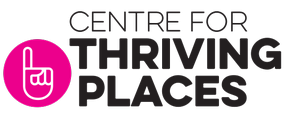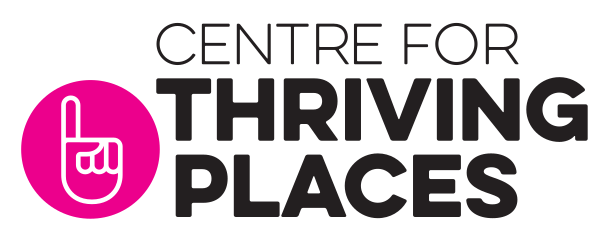We’re thrilled that wellbeing economics is continuing to make waves across the world. In June we wrote about the developments that were taking place when Jacinda Ardern announced New Zealand’s new wellbeing budget. Since then, wellbeing has been a regular feature in the news, with Nicola Sturgeon’s fantastic TED talk on why governments should prioritise wellbeing just the latest headline to make a splash.
So much in this talk reflects Happy City’s understanding of the necessity for radical economic change. We couldn’t agree more with Sturgeon when she says that what we choose to measure matters. Developing new measures of progress is a core part of the work that we do, and a systemic understanding of how ideas and measurement shape everyday lives structures the tools that we create, and the research and consultancy work that we carry out. We exist to make what really matters (the wellbeing of people and planet) count.
Can change come from below?
It’s clear that Scotland is keen to be a world leader in wellbeing economics, alongside its Network of Wellbeing Economy Governments (WeGO) members New Zealand and Iceland. And in Wales the groundbreaking Well-being of Future Generations Act continues to set a context for shaping policy and political decisions centred on wellbeing. But what if change isn’t being led from the top? Can organisations, businesses and local governments start to shape a wellbeing economy locally, in a way that reflects their local conditions and structure?
We think so. We strongly believe that economic change can come, and should come, from all levels of the economy. Whilst a national focus on wellbeing and an agenda set by central or devolved government is something to be celebrated, it’s not a prerequisite for beginning to make the change that we want to see in the world now.
New metrics for a wellbeing economy
Our wellbeing economy measurement tools, the Thriving Places Index and the Happiness Pulse, have been explicitly designed to be used at a local level – right from creating wellbeing metrics for a single project or small organisation, through to local authority or regional level. They’re designed to enable organisations of all sizes to understand the impact their work or policy has on people’s wellbeing, helping them to develop an authoritative evidence base on how their action fits into wellbeing more widely.
Without that evidence base, it’s difficult to know how to act to improve wellbeing, or to get a wider understanding of how people experience their communities. Our tools help make sense of wellbeing – they make it measurable, actionable and easy to understand for anyone (not just data scientists or wellbeing academics). As we look forward to our ten year anniversary next year we’re also anticipating the snowball effect these new metrics will have as people begin to shape a wellbeing economy in their local communities.
Sturgeon wrapped up her talk with the assertion that a happier and fairer world is possible. And we’re making it possible for any organisation to map a clear and purposeful route to that new world. So let’s get to work.
Find out more about the Thriving Places Index at www.thrivingplacesindex.org and try out a free Happiness Pulse account at www.happinesspulse.org



Comments are closed.